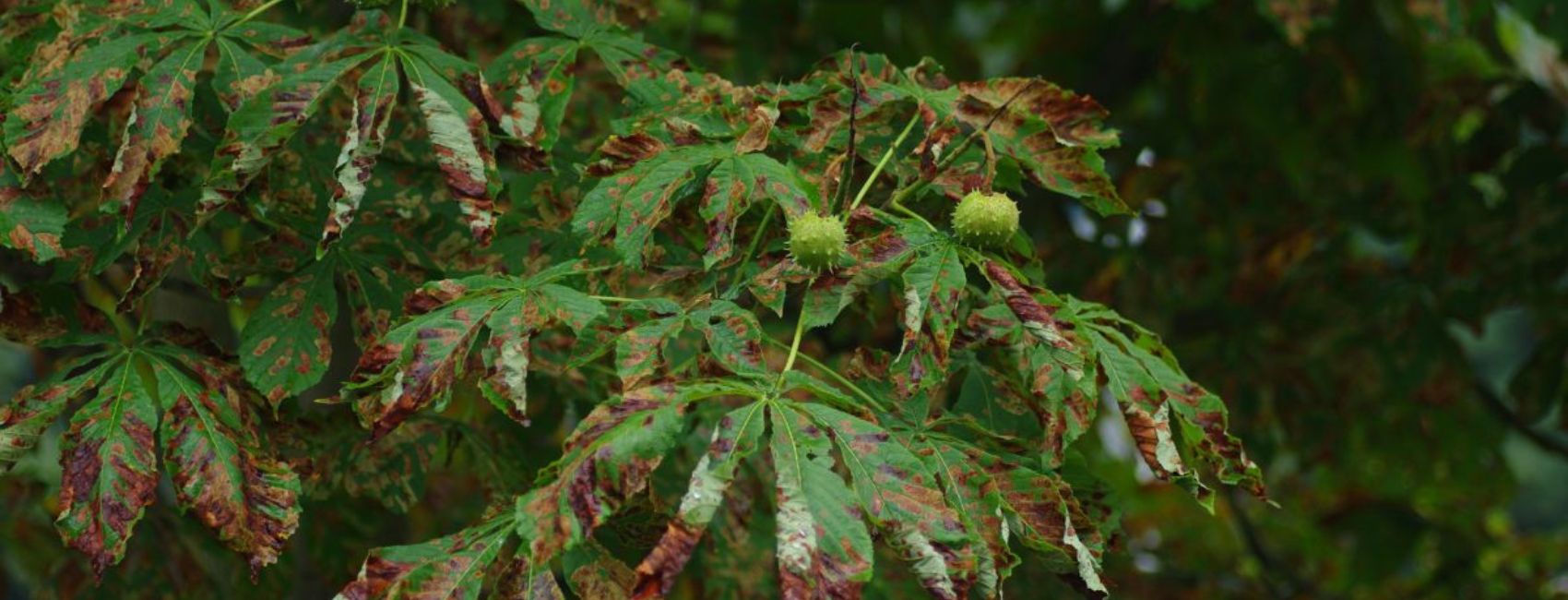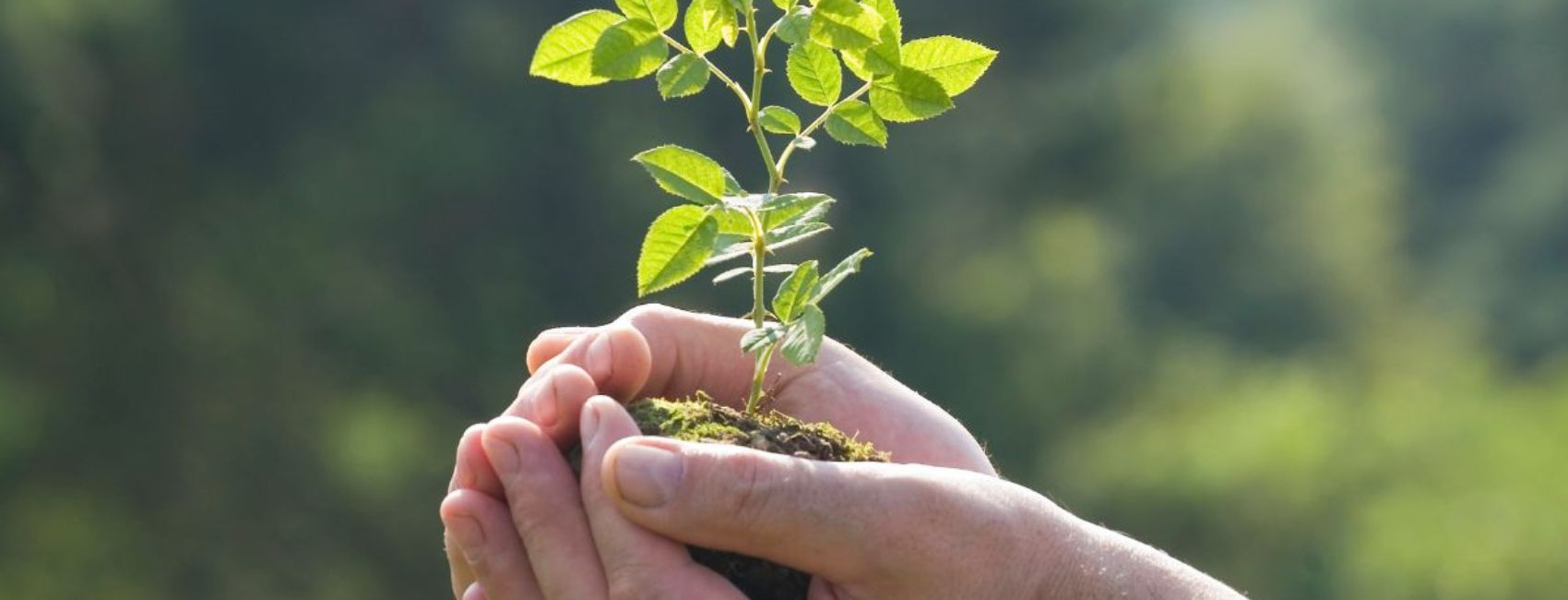Soil Health Part Two
Lawns have one of the biggest impacts on water quality, for example, Lawns and turf are the biggest crop grown in the Chesapeake Bay area contributing to two hundred and fifteen million lbs of nitrogen fertilizer applied yearly, the same amount used to grow nearly two million acres of corn. This along with nineteen million…
William Gambone
Lawns have one of the biggest impacts on water quality, for example, Lawns and turf are the biggest crop grown in the Chesapeake Bay area contributing to two hundred and fifteen million lbs of nitrogen fertilizer applied yearly, the same amount used to grow nearly two million acres of corn. This along with nineteen million pounds of pesticides, reaching streams and rivers harming aquatic life. One point two billion gallons in gasoline is used for mowing and an acre of managed turf contributes to over eleven pounds of carbon each year. By converting earth into forests settings we can see an eighty-five percent reduction rate in nitrogen and a ninety-one percent reduction in phosphorus that is exported or leached into local streams each year.
By turning turf or impervious land into Forrest space or meadows nutrients can begin benefiting our soils again, in turn reducing runoff and incepting rainfall, promoting soil infiltration where nutrients can deposit in soil and be taken up by the tree roots. Soil texture impacts drainage, water holding capacity and growth of tree roots. The relationship between tree root systems and characteristics of the soils which they grow has greater influence on tree health than any other single factor. Native soils are a result of thousands of years worth of biological, chemical, and physical weathering and erosion of bedrock. Soils are dominated by their geological location of parent material, which can differ across the country. You wouldn’t want to take a soil sample from California and add it to your compost pile in Massachusetts, the microorganisms needed to thrive are completely different, as well as their nutrients. As a plant grows, it absorbs essential nutrient minerals from the soil while producing new woody material and leaves. As seasons change plant and plant parts die returning to the soil surface. Through soil organisms and weathering decomposition occurs, nutrients are then released and taken up by the tree roots as they become available.
When using things like round up to control weeds, these chemicals can have dire consequences on surrounding trees and plants that you enjoy on a regular basis. Killing the bad bacteria also kills the good bacteria. It can take 9-12 months to bring soil back to life. Human activity has primary influence on urban soil, degrading the soils natural characteristics that benefit the trees the most. Urban soils typically do not have an organic layer due to disruption caused by foot traffic, building foundations, roads, underground utilities, etc. This compacts the soil eliminating the pore space restricting oxygen available for the microorganisms in the soil. Trees are living systems that need oxygen, water, and essential elements as well as other components from the soil to meet the energy requirements essential to grow!

William Gambone
With almost 40 years of success in the tree care industry, it is evident that Bill’s passion extends beyond just the trees. He takes great pride in building relationships within the community, making B.G.





